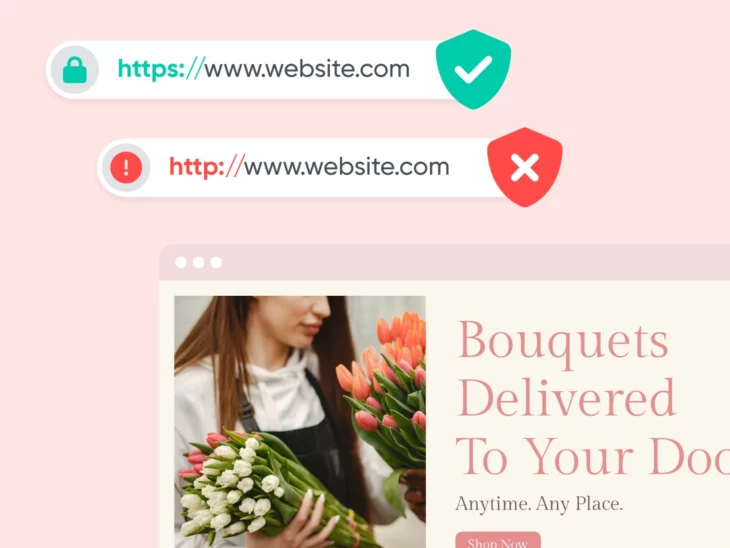
Pay-Per-Click (PPC) Advertising: A Beginner’s Guide For Marketers
Imagine you're throwing a party and want to impress a certain someone by packing the house. Instead of relying on word-of-mouth, you hand...

Installing a Secure Sockets Layer (SSL) certificate on your WordPress website is like employing a bouncer to keep...

Imagine you're throwing a party and want to impress a certain someone by packing the house. Instead of relying on word-of-mouth, you hand...

CSS frameworks have changed the way developers approach web development by providing pre-built components and styles. However, many...

It's rare that an error message spurs a wave of emotions. But when you open your WordPress site and see, "The site ahead contains...

Pitch deck? Check. Business cards? Ready to go. Lucky underwear? Washed and folded. Business plan? Uh oh. So you have an...

Do you need a simple solution to improve your website's user experience and have complete control over your content? Hold onto your...

For WordPress website owners, professional website administrators, and website developers, there are plenty of common WordPress errors to...

Here's a short story. You have an idea for a great website. You buy a domain, grab some bulletproof hosting, and spend hours creating a...

We’re not ashamed to admit it. We freakin’ love open source! Open-source software encourages collaboration, transparency, and...